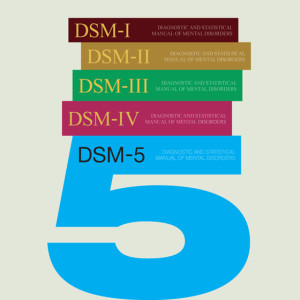 In the recent weeks, I’ve had several experiences with clients which have challenged the capacities of both of us to face intensely painful feelings. These experiences have led me to reflect on the interconnected nature of our lives with our clients’ lives even when we maintain clear professional boundaries. I share my thoughts in the hope that they spark your personal reflections about this aspect of being a psychotherapist.
In the recent weeks, I’ve had several experiences with clients which have challenged the capacities of both of us to face intensely painful feelings. These experiences have led me to reflect on the interconnected nature of our lives with our clients’ lives even when we maintain clear professional boundaries. I share my thoughts in the hope that they spark your personal reflections about this aspect of being a psychotherapist.
As a new therapist, I was thrilled that my clients shared themselves with me in ways that enabled me to enter their psychological and emotional world. This gave me an experience of deep intimacy that I found fulfilling and that had been mostly lacking in my relational life to that point. Over the years, I have shared my clients’ experiences of the vast array of emotions, interpersonal relationships, and existential dilemmas that come with being human. I feel more touched at some times and by some clients than others, and most of the time I don’t carry the impact of my sessions outside the office. I have well established professional boundaries and am practiced at maintaining a healthy separation between the personal and professional aspects of my life.
The recent experiences that have challenged my capacity to hold painful feelings have involved present day situations in which my clients have faced a significant health crisis with an uncertain outcome, deep disappointment and shame resulting from behaving in contradiction to their values, and a conflict between longstanding goals and the reality of living with the choices leading toward those goals. Some of the factors that have led to the intensity of my emotions in sitting with these clients are the evolving and uncertain nature of the situations, the limited number of people with whom the client feels able to share their dilemma, and the sense that the decision they make will make a very big difference in the course of their lives. I feel there is a lot at stake and that my clients are relying on me to witness and accompany them through the decision making process. I hold a realistic view of my power and responsibility in these situations, not viewing myself as omnipotent or the only person in my clients’ lives but recognizing the authority and trust they are placing in me to walk beside them in these crises.
A challenge I have faced is that I am limited by my professional boundaries in sharing my painful experiences with others. I can and have shared some aspects of these situations with my peer consultation group and have shared aspects of my own emotions with close, supportive friends. While these interactions have been supportive and have lessened my feelings of burden and isolation, I am still ultimately alone in sessions with my clients hearing and feeling their pain with them, being reminded of my own experiences that are similar to theirs, and in the case of my client in a health crisis, anticipating the possible loss of someone toward whom I feel tremendously fond after more than a decade of working together as therapist and client. I have reminded myself of my faith in and experience of a force that surrounds all living creatures with love, and this has been comforting.
If you are a therapist who shares some of my experience, I encourage you to reflect on the resources that support you as you sit alone with your clients and with the emotions that are stirred in both of you.


